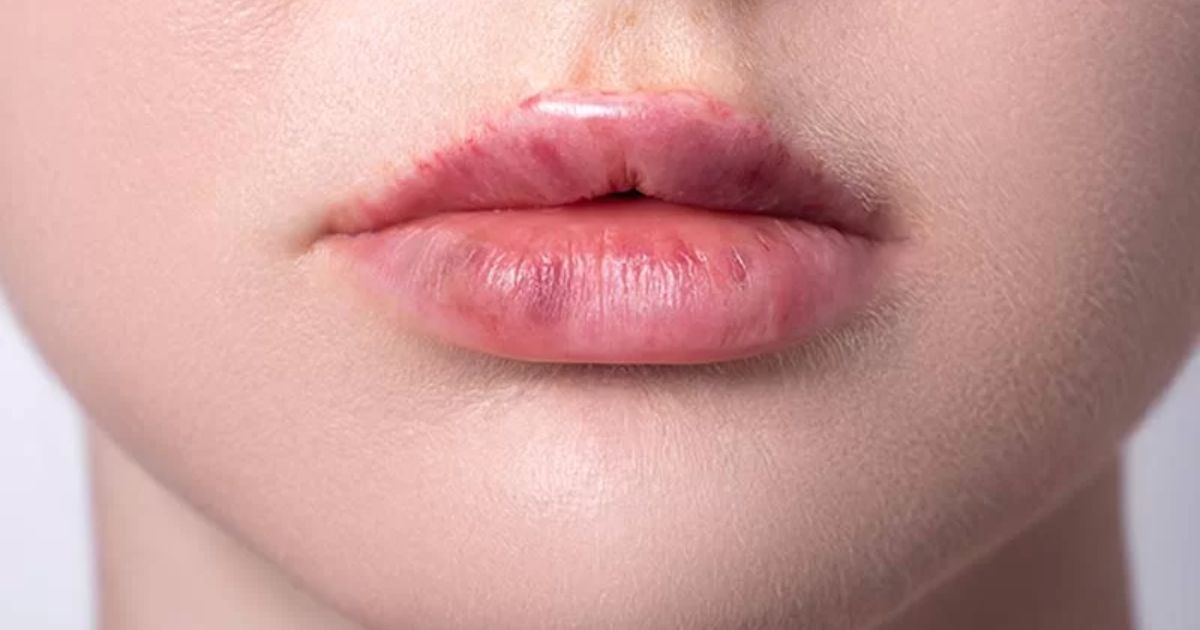Lip filler bruising, a common occurrence post lip augmentation procedures, arises due to the injection process causing trauma to blood vessels. This trauma triggers tiny leaks of blood under the skin, resulting in discoloration or bruising.
The severity and duration of bruising can vary based on several factors, including individual susceptibility, injection technique, and the type of filler used. While bruising is typically temporary and part of the body’s natural response to the procedure, it can cause discomfort and concern for those seeking a smoother recovery. Understanding the causes and management of lip filler bruising is crucial for individuals opting for these enhancements.
Preparing for potential bruising, adopting preventive measures, and knowing effective strategies to mitigate or conceal bruising post-procedure can significantly impact the recovery experience. Whether seeking professional advice on minimizing bruising or exploring home remedies, informed choices and proper aftercare can ease the discomfort and hasten the fading of bruising, ensuring a smoother transition to desired lip enhancement results.
Minimizing Bruising After Lip Filler Injections
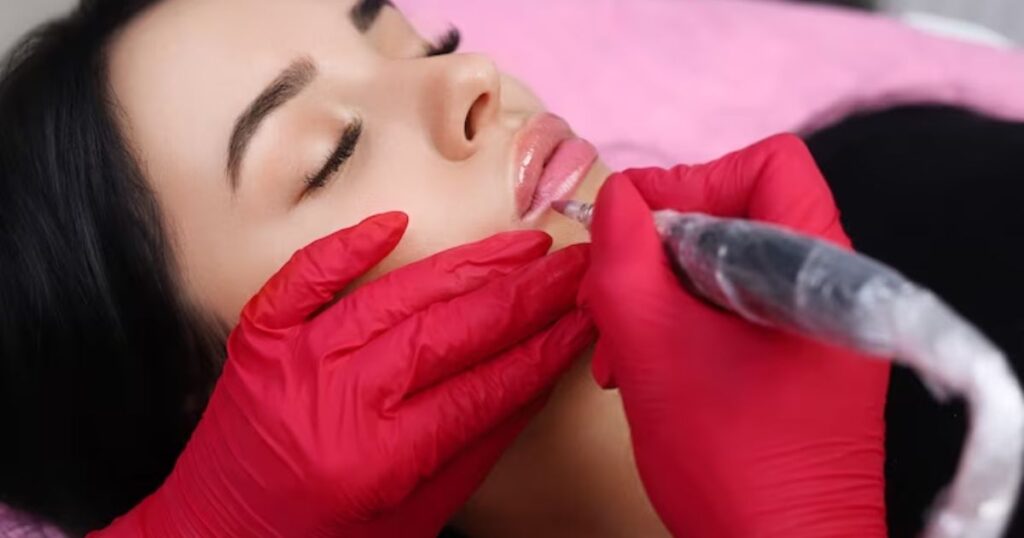
Certainly! Here are some tips to help minimize bruising after getting lip filler injections:
Choose an Experienced Injector
Selecting an experienced injector for cosmetic procedures like lip fillers is crucial. Seasoned professionals possess refined skills, ensuring precise injections and minimizing risks of complications. Their expertise not only lies in technique but also in understanding individual facial anatomy, tailoring treatments for natural-looking results.
An experienced injector adeptly assesses the client’s needs, offering personalized advice and ensuring safety throughout the process. They prioritize hygiene, using sterile equipment and following strict protocols, instilling confidence in their patients. Choosing a seasoned injector fosters trust and enhances the likelihood of achieving desired outcomes while minimizing potential adverse effects associated with cosmetic enhancements.
Avoid Blood Thinners
Avoiding blood thinners before certain medical procedures or surgeries is crucial to minimize excessive bleeding and associated risks. Blood thinners, such as aspirin, ibuprofen, or anticoagulants like warfarin, interfere with the blood’s clotting ability, increasing the potential for prolonged bleeding and bruising.
Prior to elective surgeries or invasive procedures, healthcare providers often advise discontinuing these medications or supplements. However, always consult with a healthcare professional before stopping any prescribed medication to ensure safe management of health conditions and to weigh the risks against the benefits of temporarily discontinuing blood thinners.
Apply Ice
Applying ice after cosmetic procedures like lip filler injections can significantly aid in reducing swelling and potential bruising. The cold temperature constricts blood vessels, slowing down blood flow to the area and minimizing inflammation.
Gently placing an ice pack or wrapped ice cubes on the treated lips for short intervals within the first 24 hours can effectively manage post-injection swelling. However, it’s crucial to avoid direct contact between the ice and the skin to prevent any frostbite or damage. This simple yet beneficial practice is often recommended by professionals to enhance comfort and promote quicker recovery following cosmetic enhancements.
Arnica Gel or Cream
Arnica gel or cream is a popular natural remedy renowned for its potential to reduce bruising, swelling, and inflammation. Derived from the Arnica montana plant, it contains compounds believed to have anti-inflammatory and healing properties. When applied topically, Arnica gel is commonly used to alleviate bruises, sprains, and muscle soreness.
Its effectiveness in diminishing bruising is attributed to its ability to stimulate circulation and reduce the severity and duration of bruises. However, it’s essential to use it cautiously, as some individuals might have allergic reactions. Consulting a healthcare professional before applying Arnica gel or cream is advisable, particularly for those with sensitive skin or allergies.
Limit Alcohol Consumption
Limiting alcohol consumption offers numerous health benefits. Moderation is key to avoiding adverse effects on physical and mental well-being. Excessive alcohol intake can lead to various health issues, including liver damage, heart problems, and increased risk of certain cancers. By limiting alcohol, individuals can improve sleep patterns, enhance mental clarity, and maintain a healthier weight.
Reducing alcohol intake can positively impact relationships and overall lifestyle. Embracing moderation fosters better decision-making, promotes a more balanced life, and supports a healthier body and mind, allowing individuals to engage in activities that contribute to a fulfilling and vibrant lifestyle.
Follow Post-Care Instructions
Properly adhering to post-care instructions after any procedure is crucial for optimal results. These guidelines, often provided by healthcare professionals, detail essential steps to follow after treatment.
They typically include advice on activities to avoid, recommended skincare routines, and necessary precautions to aid healing and minimize complications. Complying with these instructions diligently can significantly contribute to a smoother recovery process and enhance the effectiveness of the performed procedure.
Gentle Handling
Gentle handling involves delicate care and cautious treatment of an area, particularly after a procedure or injury. It entails avoiding excessive pressure, rubbing, or trauma to the affected site. In the context of cosmetic procedures like lip fillers, gentle handling post-treatment is crucial to minimize the risk of complications such as bruising or swelling. This approach promotes a more comfortable recovery and supports the body’s natural healing process.
Consider a Cannula Technique
The cannula technique, an alternative to traditional needles for cosmetic injections, involves using a blunt-tipped cannula to administer fillers. This method aims to minimize tissue trauma, reducing the likelihood of bruising, swelling, and discomfort compared to sharp needles.
The cannula’s rounded tip navigates beneath the skin, potentially providing a more even distribution of fillers. Its reduced risk of piercing blood vessels often leads to a smoother recovery and less post-procedure downtime for patients.
Remember, while these tips may help reduce the chances of bruising, individual responses vary, and some bruising might still occur. If you have concerns, always consult your healthcare provider or the professional who administered the treatment.
Managing and Treating Bruising from Lip Fillers
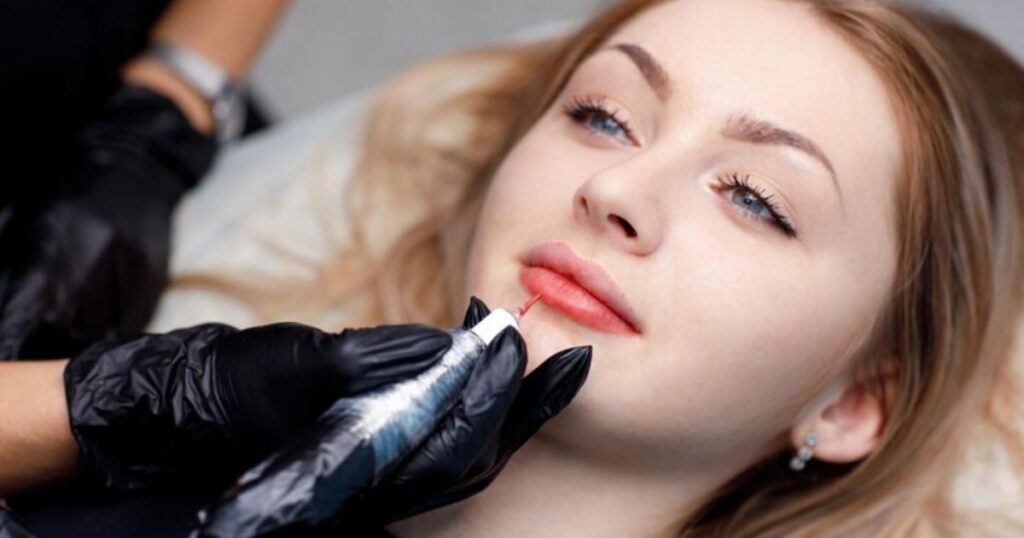
Managing and treating bruising from lip fillers involves several strategies aimed at minimizing discoloration and promoting quicker healing. Initially, applying a cold compress to the treated area helps to reduce swelling and alleviate bruising. Arnica gel or cream, known for its anti-inflammatory properties, can also be gently massaged onto the bruised area multiple times a day to expedite healing.
Avoiding blood-thinning medications or supplements prior to the procedure, as advised by the practitioner, can significantly decrease the risk of excessive bruising. Concealing makeup can be delicately applied to camouflage any discoloration as the bruise fades. It’s essential to follow post-procedural instructions provided by the cosmetic professional and refrain from excessive pressure or manipulation of the lips to aid in the healing process. If bruising persists or becomes concerning, consulting the practitioner for further guidance is advisable.
When to Expect Bruising After Lip Augmentation?
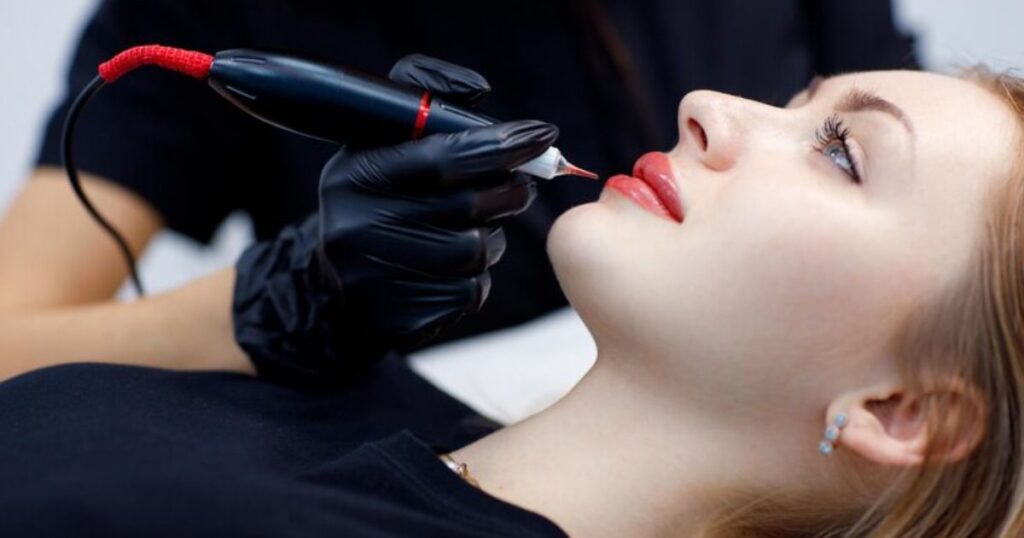
Bruising is a common occurrence following lip augmentation procedures, typically peaking within the first few days post-treatment. The immediate aftermath of lip injections might show minimal signs of bruising or discoloration, but it often becomes more apparent within 24 to 48 hours. Factors such as the technique used, individual skin sensitivity, and the type of filler utilized can influence the severity and duration of bruising.
Generally, lips tend to be more prone to bruising due to their increased blood supply. While some individuals may experience minimal bruising that fades quickly, others might notice more pronounced discoloration that can take around 5 to 10 days to fully resolve. Taking proactive measures like avoiding blood thinners, applying ice post-treatment, and following aftercare instructions from your provider can aid in minimizing the extent and duration of bruising.
Exploring Common Myths about Lip Filler Bruising
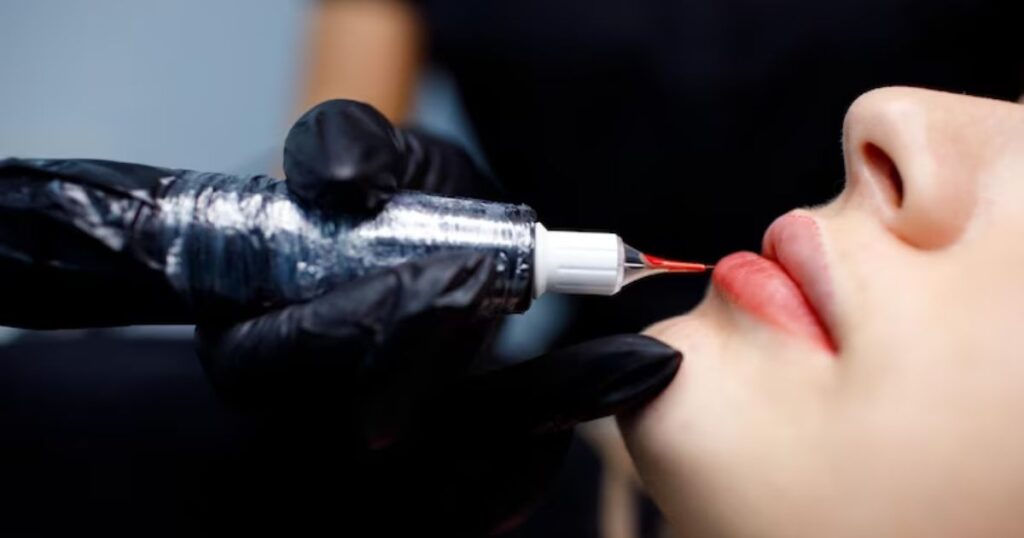
Certainly! Here’s a chart outlining common myths about lip filler bruising:
| Myth | Explanation |
| 1. All lip filler procedures result in significant bruising. | Reality: While bruising can occur after lip filler injections, not everyone experiences it. Techniques, individual differences, and aftercare can influence bruising severity. |
| 2. Bruising indicates a botched lip filler treatment. | Reality: Bruising is a common side effect and does not necessarily suggest an issue with the procedure. It often resolves naturally and is part of the normal healing process. |
| 3. Using topical arnica cream eliminates all bruising. | Reality: While some people find arnica cream helpful, its effectiveness varies among individuals. It may not entirely prevent bruising, but it could potentially reduce its severity. |
| 4. All types of lip fillers cause the same level of bruising. | Reality: Different types of fillers and injection techniques can influence the likelihood and extent of bruising. Some fillers might cause less bruising compared to others. |
| 5. Bruising after lip filler always lasts for weeks. | Reality: Bruising typically resolves within a few days to a week or two. While individual healing times vary, severe bruising for extended periods is rare in most cases. |
Remember, these myths might lead to misconceptions about lip filler procedures, but understanding the realities can help manage expectations and concerns.
Discussing Risks and Side Effects of Bruising with Lip Fillers
Bruising is a common side effect following lip filler injections, often resolving within days to a couple of weeks. While typically temporary, it can cause discomfort and temporary cosmetic concerns. However, beyond the visible aspect, bruising poses minimal long-term risks. In rare cases, extensive bruising could indicate complications like vascular compromise, necessitating immediate medical attention.
Patients should be aware of potential risks associated with severe or persistent bruising, including infection, allergic reactions, or vascular occlusion. Engaging in open discussions with a qualified practitioner before the procedure helps manage expectations and ensures preparedness to address any potential complications related to bruising post lip filler treatments.
Managing and Treating Bruising from Lip Fillers
Managing and treating bruising from lip fillers involves several effective strategies to alleviate discoloration and expedite healing. Initially, applying ice or a cold compress immediately after the procedure can help minimize swelling and reduce the likelihood of extensive bruising.
Arnica cream or topical vitamin K can be applied to the affected area to speed up the fading of bruises. Avoiding blood-thinning medications, alcohol, and strenuous exercise for a few days after treatment can also prevent exacerbating bruising. Some practitioners may recommend oral arnica supplements to aid in reducing bruising.
Concealer or makeup can camouflage bruising while waiting for it to naturally subside. However, consulting with a healthcare professional before using any new treatment or supplement is advisable to ensure compatibility and safety.
Pros and Cons
Absolutely, here’s a chart outlining the pros and cons of lip filler bruising:
| Pros | Cons |
| Temporary and usually resolves within a few days to a week | Can cause temporary discomfort or pain |
| May be a sign of the body’s natural healing process | Visible discoloration or swelling |
| Indicates the injection site has received the filler | Potential for uneven or asymmetrical bruising |
| Typically fades with time and proper aftercare | Social discomfort or self-consciousness |
| Offers an indicator of the treated areas post-procedure | Concealers or makeup might be needed to cover bruising |
Remember, the experience of bruising can vary from person to person, and while these points are generally observed, individual responses may differ.
FAQ’s
How long does lip filler bruising last?
Lip filler bruises typically resolve within two weeks of the procedure. Some patients don’t bruise at all, but most experience some degree of bruising – from mild and short-lived that lasts a day or two, to more severe and lasting a few weeks.
Should I massage my lips after filler?
In conclusion, massaging lip fillers can be beneficial for some people, as it can help distribute the product evenly and reduce swelling or discomfort. However, it’s important to avoid over-massaging the lips and to follow your practitioner’s instructions to ensure that the results are natural and long-lasting.
Should I massage lip filler bruise?
Avoid makeup: Makeup can irritate the skin and make the bruising more noticeable. If you need to wear makeup, make sure to use a non-comedogenic formula to avoid clogging pores and causing breakouts. Be gentle: Be gentle with your skin and avoid massaging or rubbing the treated area.
Does Vaseline help a bruised lip?
Medications for pain relief, such as acetaminophen (Tylenol) or ibuprofen (Advil), may reduce the pain of a busted lip. Petroleum jelly (Vaseline) can help prevent moisture loss, stopping the lips from becoming dry and chapped, which may delay healing.
Conclusion
In conclusion, while lip filler bruising is a common occurrence after injections, understanding its causes and implementing effective management strategies can significantly mitigate its impact. Practicing pre-procedural guidelines like avoiding blood-thinning medications and post-procedure care, such as applying ice and arnica, aids in reducing and speeding up the healing process.
It’s important to recognize that individual factors like skin sensitivity and injection techniques can influence bruising severity and duration. Consulting experienced practitioners, discussing expectations, and following their post-care instructions can greatly alleviate concerns associated with bruising.
Although temporary, being aware of the expected timeline for bruise resolution and employing recommended remedies or concealment techniques ensures a smoother recovery and a more satisfying lip filler experience, particularly when considering the lip filler healing process.
